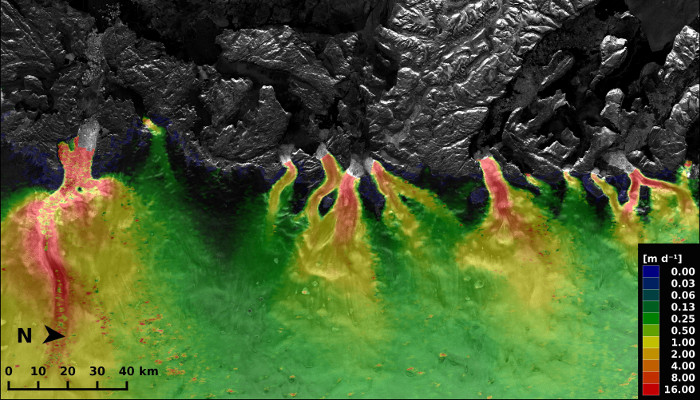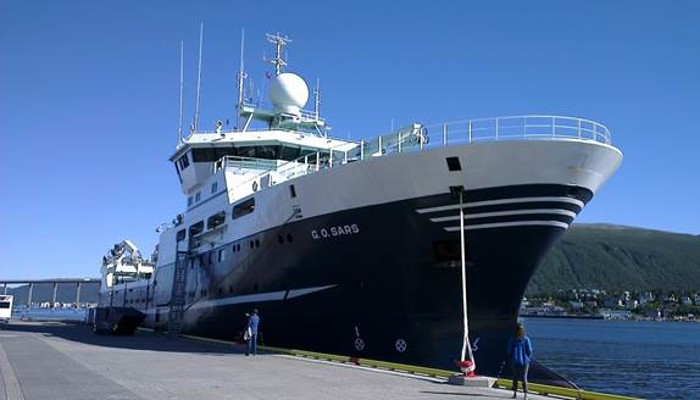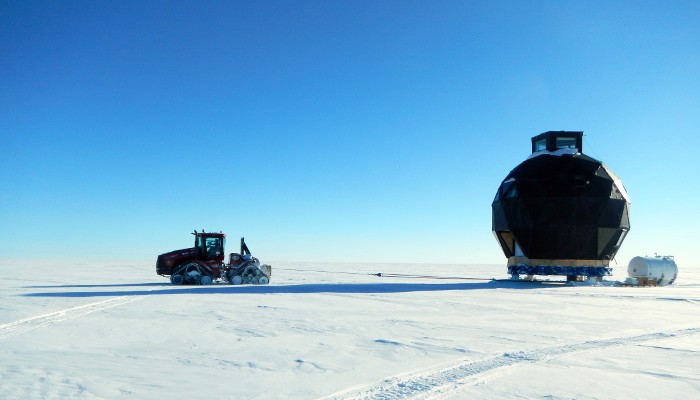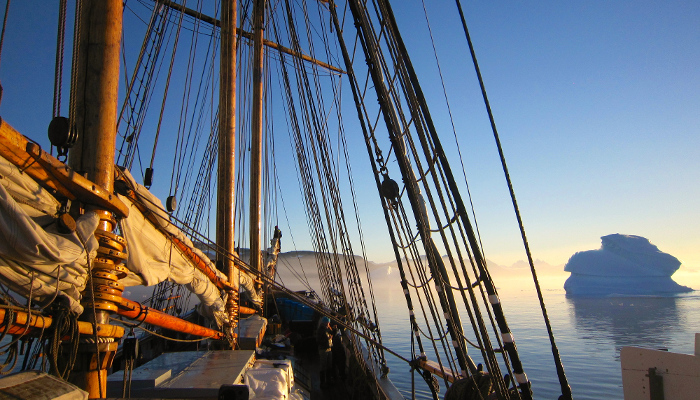Climate records from ice cores have helped scientists understand the past changes in climate.The GISP II (Greenland Ice Sheet Project Two) ice core was more than 3km long and was drilled during a five year period in the 1990s. After the drilling ended the casing of the borehole was extended above the surface, so that the borehole can still be accessed for remeasurements of, for example, temperatur ...[Read More]
Image of the Week: GISP II Borehole








